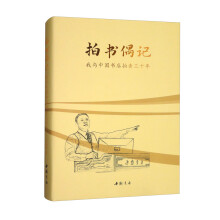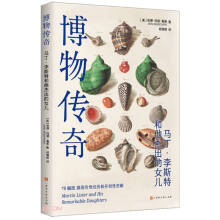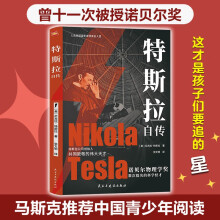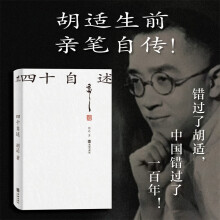










《五城记》是英国外交官,中国问题研究专家凯瑞·布朗(Kerry Brown)的首部自传体作品。该作品讲述了凯瑞·布朗在中国生活、经商、担任外交官而后开启“第二段人生”的一本自传体叙述作品,他用真挚幽默的语言记录下了他不同身份、不同时期在中国的私密记忆,述了一个热爱中国的英国人与中国的故事。作品不同于一般的传记作品,它不是按照时间线索记录人物生平经历和事迹,而是从城市和城市文化这一视角切入,将呼和浩特、北京、上海、西安、香港五座城市做为主线贯穿其中,以一个外国人的视角探究了中国百姓的寻常生活同时也记录了改革开放四十年来中国社会的变迁和发展。
In this book, I have decided to focus on something tangible,and very physical, as a way of telling my China story, but also illustrating this issue of diff erence, but how diff erences can aid the quest to make something more defined and knowable. Place is something that always fascinated, and continues to fascinate me, in my life in England. Th e relationship of particular places, for instance, to the lives of writers, something I mentioned at the start of this introduction, in Kent. The memory traces, as they are called, that are left after major events in places like fields where battles occurred, or buildings where major events happened, or cities or towns which testify to the many diff erent kinds of lives that have been lived there over the generations. Ancient places were of specific interest — fragments of old churches in the UK which went back to the earliest period when Christianity was being spread here, in the fifth and sixth century, or the faint traces of roads from the Roman period, which are often left in the landscape. Domestic buildings which, despite modernised facades facing the high streets, were clearly very ancient behind these, or woods which had iron age or other remains covered up by shrubs or trees, but still were just about visible.
Coming to a new city, right from when I was quite young, I would always try to get a map of it in my head.
This was helped in Britain, and Europe, by the simple fact that almost every place, however old or new, usually had a specific pattern — a church or churches, or a cathedral, somewhere near the centre, and then perhaps a city or town or village square, with businesses, restaurants, a pub, hotels, and, spanning out from this, parks, monuments, major streets, leading to other hubs and major features. Sometimes there were very visible public buildings — government offices, or institutions, or museums. At other times there were art galleries, or newly rebuilt areas where the feel and features of the buildings were wholly different. All of this helped
build up an idea of age, character, and contributed to the sense of place.
One of the great challenges in exploring places in China, as this book will illustrate, is that the lay out and geography, and the meaning of particular places, along with the best way to interpret these, is very
different. Contemporary China, the place I have been visiting and familiar with over the last quarter of a century, is somewhere that has undergone and continues to undergo immense physical transformation. Cities can change in the space of a few years, so they are often almost unrecognisable from the first time one visited. This only adds to the original problem — how someone from a different cultural background can start to‘read’ the terrain they are physically walking in when it itself is so changeable. Temples instead of churches is one of the easier issues to readapt to and be alert about. But the ways in which city space and town space is organised and managed, the functions of buildings, their style, the ways in which you can date them — all of this needs different kinds of knowledge.
INTRODUCTION
CHAPTER ONE Hohhot
CHAPTER TWO Beijing
CHAPTER THREE Shanghai
CHAPTER FOUR Xi’an
CHAPTER FIVE Hong Kong
LAST WORDS
Empire of the Senses